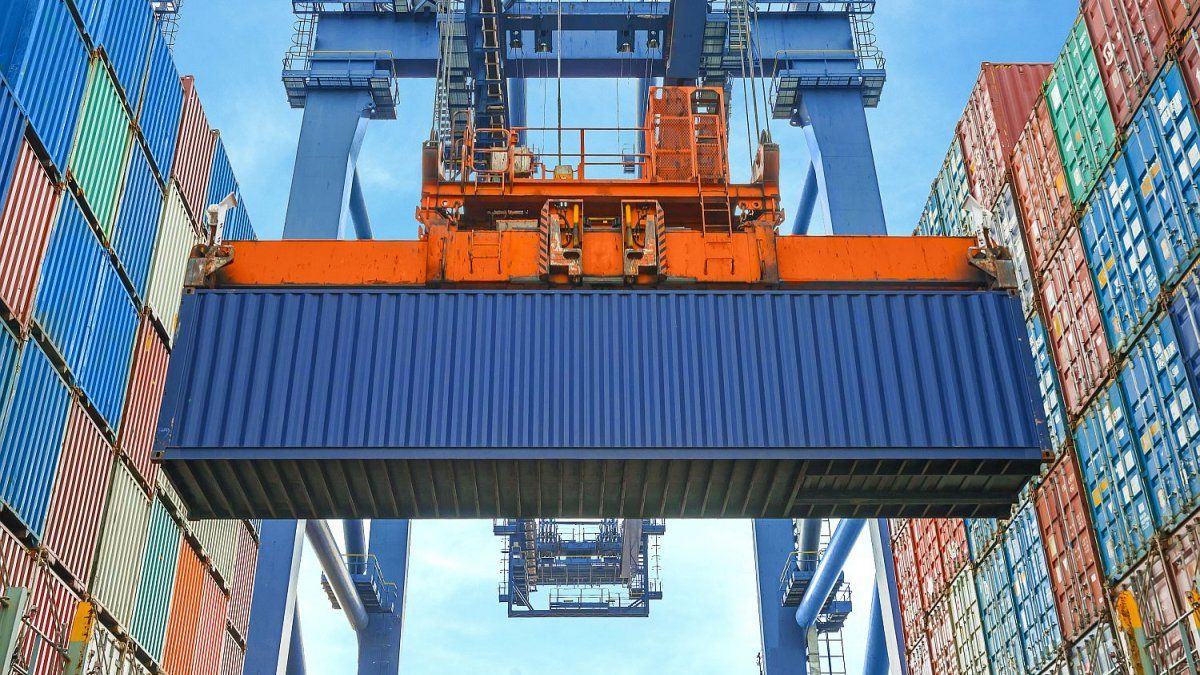In an increasingly challenging economic context, the evolution of the credit market Argentina faces the challenge of adopting agile solutions that drive the growth of the sector, while allowing the loan granting processes to be improved, reducing delinquency rates and increasing the number of approved applications. So, The future seems to be marked by technology, automation and an unprecedented rate of financial inclusion.
A recent report by SMA Technologies and Ted Goldwyn Communications, for which nearly 600 executives from large financial institutions were consulted, reveals that 85% of those surveyed consider automation as a crucial factor for the success of their organizations. Regarding the adoption of technology, the operations of these companies are currently between 41% and 50% automated, with the goal being to approach 70% in the coming years.
This gap reveals the transition that the sector is going through and that promises to radically change the way credits are managed. This not only speeds up decision-making and optimizes operational efficiency, but also eliminates the need for additional infrastructure, maximizing return on investment (ROI).
Analyzing the trends for 2025 It is logical to think that companies that are more efficient in their credit evaluation will have greater growth in the next year.
Technology is transforming the way data is managed and decisions are made. According to a report by McKinsey Global Institute, organizations that adopt advanced analytics will be 23% more likely to outperform their competitors in terms of revenue and profits.
An example of this trend is cloud decision engines. The scalability that can be achieved from one second to the next, depending on the seasonality of credit requests, is essential for a lending company that seeks to grant more credits, without increasing arrears.
“We have the case of a fintech that increased its requests from 300,000 to 5 million monthly transactions. It is not just about increasing the volume of credits granted, but also about assigning them to the most solid profiles. Minimizing defaults is essential in the current market and the one to come. Having a system that provides instant scalability, according to demand, is crucial for companies seeking to expand credit granting, without incurring additional risks,” he comments. Mariano Sokaldirector of SIISA – a company that has established itself as a catalyst in the evolution of the sector, revolutionizing the way in which financial companies, banks, fintech and retailers manage their processes.
“One of the differential values of this technology, compared to on-premises solutions, lies in its 100% cloud-hosted architecture. This gives you the versatility to manage everything from minimal transactions to millions of operations efficiently, without the need to invest in additional servers. In a challenging economic context, optimizing operating costs becomes a key factor for companies,” adds the executive.
The impact that virtual wallets
“Every person has a bank in their pocket.” This statement summarizes the impact that virtual wallets have had on financial inclusion in Argentina, an issue that will continue to be the protagonist in 2025. Through digital platforms, access to microcredits has allowed millions of people, even those from sectors historically not banked, actively participate in the economy.
“This advance has been key to democratizing financial services, turning digital wallets into a fundamental catalyst for the development of access to credit in the country,” Sokal added.
The company closes 2024 where it has consolidated itself as a benchmark within the sector, reaching a milestone with the exponential growth of +200% in the volume of transactions processed for its decision engine and results of +45% for its commercial reporting vertical.
Looking ahead to the next year, SIISA will continue to focus on innovation and improving its technology services. “We are working on a new engine interface that optimizes the user experience (UX), and integrates advanced analysis that will allow our clients to make decisions to generate greater profitability in their credit businesses.”
“We will continue focused on bringing to the financial market services that automate credit evaluation processes. In 2025 we will seek to consolidate our presence in fintech, finance and banking, while expanding to new audiences nationwide. We see in retail chains a great opportunity to be able to accompany them in their financial growth,” concludes the director.
Source: Ambito
I am an author and journalist who has worked in the entertainment industry for over a decade. I currently work as a news editor at a major news website, and my focus is on covering the latest trends in entertainment. I also write occasional pieces for other outlets, and have authored two books about the entertainment industry.




